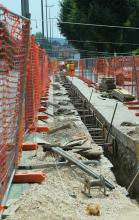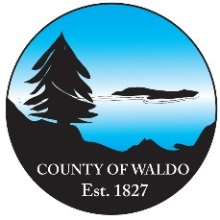Survey Shows Rising Broadband Costs, Broad Support For Government Help
A recent U.S. News And World Report survey of U.S. broadband subscribers shows that Americans are increasingly paying more money for broadband access.
The survey also indicates broad public support for the recently defunded Affordable Connectivity Program (ACP), and other government-backed efforts to cap soaring broadband subscription costs.
The organization surveyed 2,500 adults from the country’s five most populous states; 500 broadband subscribers each in California, Texas, Florida, New York, and Pennsylvania.
Not too surprisingly, the survey found that consumers consistently are paying more for broadband than the advertised price, either thanks to steady rate hikes, or the broad use of often sneaky, hidden fees to jack up the advertised cost of service.

Most Americans remain trapped under a monopoly or duopoly for next-generation broadband (broadband defined as faster than 100/20 megabits per second, or Mbps) access. This lack of competition results in high prices, slow speeds, spotty access, substandard customer service, and an increased occurrence of net neutrality, privacy, or other anti-consumer violations.
The survey found the average U.S. subscriber bill at sign up is now $81 – up from the $77 average monthly price seen in the outlet’s April 2024 survey report. But the average broadband subscription cost when the bill actually arrives was now $98 per month; up from $89 just six months earlier. For most, $100 broadband access is right around the corner.












